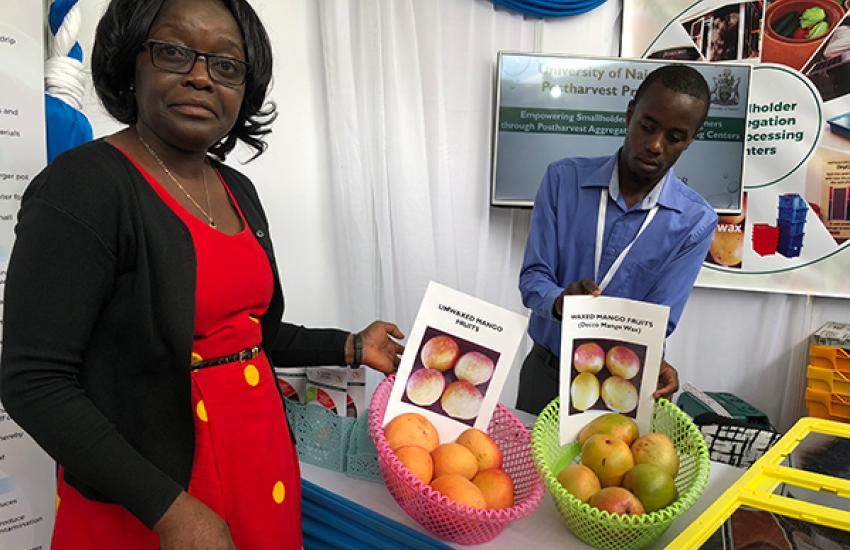Mango YieldWise Project - Rockefeller Foundation Establishment of Aggregation Centers for Smallholder Horticultural Farmers
Food waste and loss is recognized globally as a large and increasingly urgent problem and is particularly acute in developing countries where food loss reduces income by at least 15% (FAO) for 470 million smallholder farmers and downstream value chain actors, most of whom are part of the 1.2 billion people who are food insecure. Additionally, one third of the food produced globally—about 1.3 billion tons of food per year—is never consumed at all. This food is wasted or lost at some step of the supply chain between when it leaves a farm and when a consumer would typically eat it. This project contributed to the Rockefeller Foundation’s YieldWise initiative which focused on crop food loss in developing countries, which directly affects poor and vulnerable people. The Foundation’s YieldWise Initiative in execution sought to reduce food losses by at least 50% in representative value chains and improving millions of rural lives. This goal aligns with other national, regional, and global levels to reduce postharvest losses. Targets have been set to halve the postharvest losses by the year 2025 and 2030 under Malabo Declaration of the African Union and the United Nation’s SDG 12.3 respectively.
In Kenya the focus crop for the YieldWise initiative was mango where it is estimated that 40 to 50% of mango fruits produced are lost or wasted along the supply chain. The losses mean lost income for the diverse stakeholders in the mango supply chains but the farmers (producers) pay the highest cost of these losses. These losses impact negatively on the livelihoods of some of the small-scale farmers who depend on mango farming as their main cash crop and source of income. The Yieldwise initiative identified an innovative approach that brings together four components in ways that will reduce food loss. These include 1) Linking smallholder farmers to market demand of both large anchor buyers and local alternative markets 2) Aggregating farmers to train them in postharvest management, promote their adoption of technologies, and aggregate their crops to meet buyer quantity and quality requirements 3) Using innovative finance mechanisms to promote agricultural investments and facilitate distribution and acquisition of technologies, particularly among smallholder farmers 4) Promoting the adoption of appropriate loss-reducing technologies to improve crop handling, storage, and processing All four components are needed to implement the model; none of them alone is sufficient to optimize a value chain for crop loss reduction.
- To raise awareness on food losses and waste through data and information sharing.
- To document the impact of postharvest food loss and waste on food and nutrition in Africa.
- To identify and disseminate effective and appropriate technologies and practices for FLW reduction in the African context.
- To identify effective multi-stakeholder strategies and policy interventions for FLW reduction.
- To provide a platform for participants to build networks and partnerships for resource mobilization and other activities geared towards FLW reduction.
- To generate a comprehensive action plan for the reduction of food loss and waste for the African continent.
Smallholder Aggregation Centers - To enable smallholder farmers to aggregate perishables produce (fruits and vegetables) in order to attain consistent volumes and quality required by buyers.
- To enable smallholder farmers to transform surplus fruits and vegetables into shelf-stable products such as juices, concentrates and dehydrated products with a longer shelf-life with the aim of diversifying product range and reducing postharvest losses.
- To demonstrate practical application on postharvest technologies and best practices to reduce postharvest losses in perishable fruits and vegetables.


